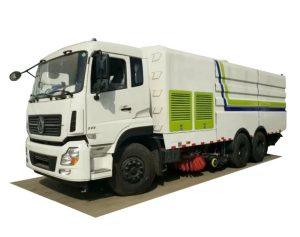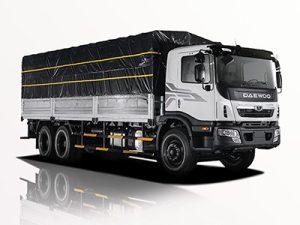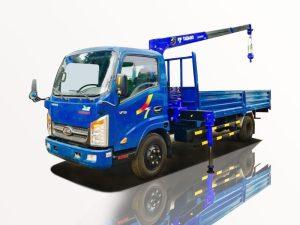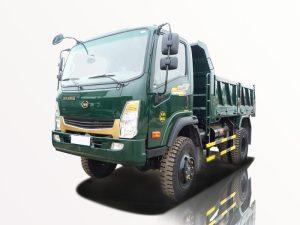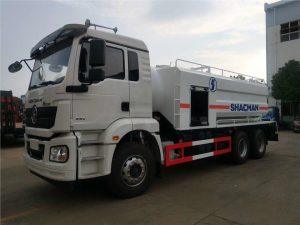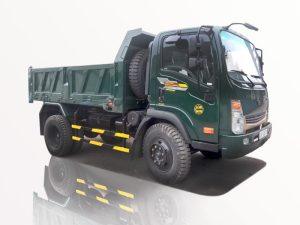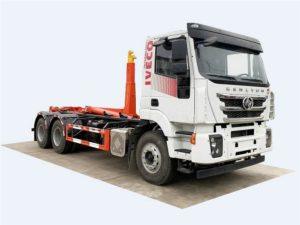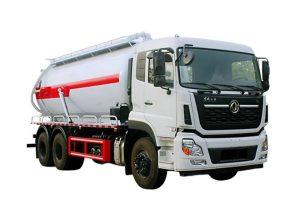Monday to Saturday - 8:00 -17:30
Understanding Fire Fighter Trucks: Types, Features, and Importance
Firefighter trucks, also known as fire apparatus or fire engines, are essential vehicles in firefighting operations. They serve various purposes, from transporting firefighters and equipment to delivering water and extinguishing fires. This article explores the different types of firefighter trucks, their features, maintenance, and their critical role in public safety.
The Historical Development of Fire Fighter Trucks
Firefighter trucks have evolved significantly from their early days. Initially, fire brigades used horse-drawn wagons equipped with basic firefighting equipment. The advent of the internal combustion engine transformed these wagons into motorized vehicles, enhancing their speed and efficiency. Today, modern fire trucks incorporate advanced technology and equipment to tackle various emergencies.
Types of Fire Fighter Trucks
1. Type 1 Fire Engine
Type 1 fire engines are designed for structural firefighting and are typically equipped with:
- Over 1000 gallons of water tank capacity
- Pump systems capable of delivering high-pressure water
- Advanced hose management systems
These trucks play a critical role in urban firefighting scenarios.
2. Type 2 Fire Engine
Type 2 fire engines are smaller and designed for wildland firefighting. Their features include:
- 4-wheel drive capability
- 800 to 1000 gallons of water tank
- Areas to carry extra personnel and gear
These engines are crucial in rural firefighting efforts where access may be challenging.
3. Ladder Trucks
Ladder trucks, equipped with aerial platforms, are essential for reaching high places. Their capabilities include:
- Extending ladders that can reach heights of over 100 feet
- Water monitors mounted at the top for aerial water application
- Tool compartments for rescue and firefighting equipment
Ladder trucks are predominantly used in high-rise buildings or structures.
4. Rescue Trucks
These specialized vehicles are equipped with tools and medical supplies necessary for rescuing people in emergencies. Key features include:
- Advanced extrication tools
- Medical kits and stretchers
- Communication equipment for coordinating rescue efforts
Rescue trucks are integral to accidents and natural disasters.
5. Tanker Trucks
Tanker trucks are designed to transport and supply large quantities of water. Their essential characteristics are:
- Usually, carry over 2000 gallons of water
- Built to refill firefighting equipment quickly
- Capabilities to operate in areas with limited water sources
These trucks play a crucial role in rural areas where hydrants are scarce.
6. Brush Trucks
Brush trucks are vital for wildland firefighting, designed to navigate rugged terrain. They typically feature:
- Small size with 4-wheel drive
- Water tanks ranging from 200 to 750 gallons
- Foam systems for effective wildfire suppression
Brush trucks are crucial during fire season in a forested or grassy terrain.
Key Features of Fire Fighter Trucks
1. Water Supply Systems
Firefighters rely on trucks equipped with sophisticated water supply systems, including various hoses and pump configurations, to handle different types of fires.
2. Communication Equipment
Every modern fire truck includes communication tools such as radios to enable coordination during firefighting operations.
3. Equipment Storage
Firefighting trucks come with strategically designed compartments for storing various firefighting tools, medical kits, and equipment safely.
4. Safety Features
Modern fire trucks are equipped with safety features like backup alarms, reflective markings, and often have stability systems to ensure safe operation during emergencies.
Maintenance of Fire Fighter Trucks
1. Regular Inspections
Fire departments need to conduct periodic inspections covering brakes, tires, pumps, and hoses to ensure that the truck is always operational and safe.
2. Equipment Checks
Every piece of equipment mounted on the fire truck should be assessed regularly. This includes testing hoses and ensuring that all firefighting gear is functional.
3. Cleaning Procedures
Keeping the truck clean not only prolongs its life but also ensures equipment and materials stay free from debris or contamination. Proper cleaning techniques should be used to maintain fire truck hygiene.
Training Firefighters to Use Fire Trucks
1. Simulation Training
Fire departments often incorporate simulation training to educate firefighters about the operational capabilities of different types of fire trucks.
2. Hands-On Training
Practical, hands-on experience is invaluable. Firefighters should spend time operating the truck under various emergency scenarios to enhance their skills effectively.
3. Continuous Education
Ongoing education on new technologies and firefighting techniques should be part of a firefighter’s training regimen to ensure they are knowledgeable about the latest advancements.
Role of Fire Fighter Trucks in Community Safety
1. Emergency Response
Fire trucks provide the crucial support needed during emergencies, allowing firefighters to respond rapidly and efficiently to various incidents.
2. Community Education
Firefighters often use fire trucks to engage in community education initiatives, teaching the public about fire safety and prevention measures.
3. Disaster Relief
During natural disasters, fire trucks play a key role in rescue and recovery operations, showcasing their importance beyond traditional firefighting roles.
Technological Advancements in Fire Fighter Trucks
1. Drones in Firefighting
Drones integrated with fire trucks can be used for aerial surveillance during fires, providing essential data on fire extent and behavior.
2. Advanced Sensors
Modern fire trucks are now incorporating advanced sensors for detecting hazardous materials and monitoring structural stability during firefighting operations.
3. GPS Tracking
Many firefighting trucks now come with GPS technology for efficient route planning, ensuring that firefighters can reach emergencies quickly.
Examples of Fire Fighter Truck Manufacturers
| Manufacturer | Specialty | Notable Models |
|---|---|---|
| Ferrara Fire Apparatus | Custom fire trucks | Inferno, Igniter |
| HME Ahrens-Fox | Fire trucks and rescue vehicles | HME Ahrens-Fox Series |
| Spartan Motors | Municipal vehicles | Spartan ER, Gladiator |
| ELFD | Emergency services vehicles | Defender, Invader |
| Rescue 1 | Rescue trucks and equipment | R1 Rescue, RescueME |
FAQs About Fire Fighter Trucks
1. What is the main purpose of a fire fighter truck?
The primary purpose of a fire fighter truck is to transport firefighters and equipment to emergency scenes while providing essential firefighting and rescue capabilities.
2. How often should fire fighter trucks be inspected?
Firefighter trucks should undergo regular inspections at least once a month and detailed annual inspections to ensure safety and operational effectiveness.
3. What training do firefighters receive for using fire trucks?
Firefighters receive comprehensive training that includes simulation training, hands-on experience, and ongoing education on new firefighting technologies and techniques.
4. Are all fire fighter trucks equipped with ladders?
No, not all firefighter trucks have ladders. Ladder trucks are specifically designed for high-rise rescues or firefighting, while other types focus on water supply and rescue capabilities.
5. How do financing and budgeting for fire truck purchases work?
Financing for fire trucks typically involves municipal budgets, grants, and fundraising initiatives, allowing fire departments to acquire new vehicles or upgrade existing ones.
6. What impact do advances in technology have on fire fighter trucks?
Advances in technology improve the efficiency, safety, and effectiveness of fire trucks, equipping firefighters with better tools for emergency response and firefighting operations.


